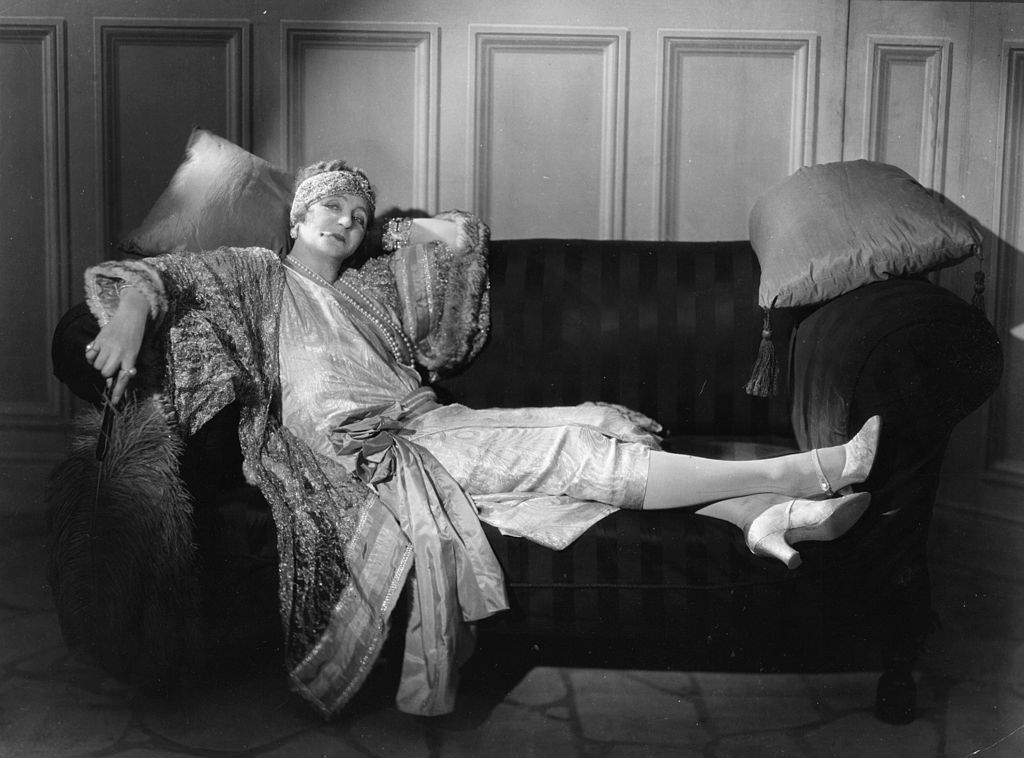I put off writing this article for ages. Initially, I decided I would write it from bed, but the temptation of simply giving up and falling asleep again was too great. A change of tactic proved no less helpful: out of bed, it took every ounce of effort I had to avoid getting straight back in again. Not a jot was left over for the exertion of writing and typing.
This isn’t the status quo for my productivity, I promise; it is more a reflection of the subject matter. It is absolutely impossible to write about indolence while running around busily ticking off a to-do list. You have to relax into it. Call it method article-writing, if you will.
Indolence gets something of a bad rap these days. If TikTok trends and Instagram reels are anything to go by, we’re all meant to be paragons of “self-optimization,” life-hacking our way to success and filling every hour of our waking days with worthy pursuits and activities. Every so often, an over-busy (and presumably over-exhausted) celebrity’s morning routine goes viral. There is little time for indolence in a life that is timetabled up into blocks for “brain octane fuel” and morning hikes before breakfast.
But what are we missing out in our endless pursuit of productivity? If literature is anything to go by (and I would always argue that it is), then the answer is quite a bit.
The most famous book about glorious indolence has to be Joris-Karl Huysman’s 1884 novel À Rebours. Over the course of 250 pages, precisely nothing happens. Huysman’s protagonist Jean des Esseintes rents a house away from the polluting influence of fellow human beings in the countryside outside Paris and retreats to a life of doing little other than decorating his surroundings. He collects art, gardens, and invents perfumes. And when he can’t avoid it, he remembers the drunken debauchery of his city life. In one episode which comes perilously close to approaching action, he attempts a trip to London. After eating in an English restaurant at the station, he decides that he has come close enough to traveling already, and returns home. Any committed slugabed can relate.
Huysman’s brilliant depiction of indolence is now taken as the pinnacle of “decadent” literature and the forerunner of the likes of Kate Chopin’s short stories “The Awakening” and “The Egyptian Cigarette” and, of course, Oscar Wilde’s Picture of Dorian Gray. But aside from the small success of inspiring a whole new wave of writing, it achieved something else: Huysman made doing nothing, something. The small pursuits of life — be they growing new plants, reading whole canons of literature or, in a less relatable vein, embedding gems on the back of your tortoise — are everything.
Huysman was not the first to fly the flag for laziness. Herman Melville (better known for his paean to whale-catching action, Moby-Dick), published a serialized short story in 1853 called “Bartleby, the Scrivener: A Story of Wall Street.” Bartleby, a clerk in a law office, begins his job with laudable industry, but soon responds to every request with the immortal line “I would prefer not to.” Bartleby’s indolence is not quite as indulged as Huysman’s des Esseintes (he dies in prison of starvation, after repeatedly declaring “I prefer not to dine today”), but the principle of the conscious rejection of the normal requirements of life remains the same.
For women in literature, the specter of bed-bound laziness is rather more perilous. There are few readers who can make it through Charlotte Perkin Gilman’s 1892 short story The Yellow Wallpaper without being terrified. Confined to her bed to cure her of “a slight hysterical tendency,” the woman begins to imagine the wallpaper is alive and moving. By the end of the story, she is trapped within the wallpaper itself, endlessly walking around the room. This is not so much indolence as torture.
Far less famous than The Yellow Wallpaper — and a far better book — is Margharita Laski’s The Victorian Chaise Longue. While recovering from a bout of tuberculosis in the 1950s, the young Melanie Langdon falls asleep on a particularly ugly example of 19th-century furniture (embroidered roses, horse hair, you can imagine it…) and wakes up as “Milly” in a world eight decades previously. Still ill, and still unable to move from the chaise longue, Mellie/Milly’s life becomes one of horror — she is trapped, dependent, and unable to assess why she has time-traveled, and why her new family is so cruel to her.
In our own, more energetic century, Ottessa Moshfegh’s My Year of Rest and Relaxation is less a book in praise of the delights of secluding oneself away from the world than it is a satire on the impossibility of engaging with modernity. Moshfegh’s narrator takes a cocktail of sleeping pills and anti-depressant medication to be able to, quite literally, rest for a year. We have come a long way from the refined lethargy of À Rebours.
From time-traveling dreams to encrusted tortoises and mutating gaudy wallpaper, literature in which nothing happens can be surprisingly active — and, for women, remarkably dangerous. But let’s all take a leaf out of Huysman’s book, and leave the time-traveling dangerous chaise lounges to one side. I’m off to collect more art. You can find me in bed, if you need me.

























